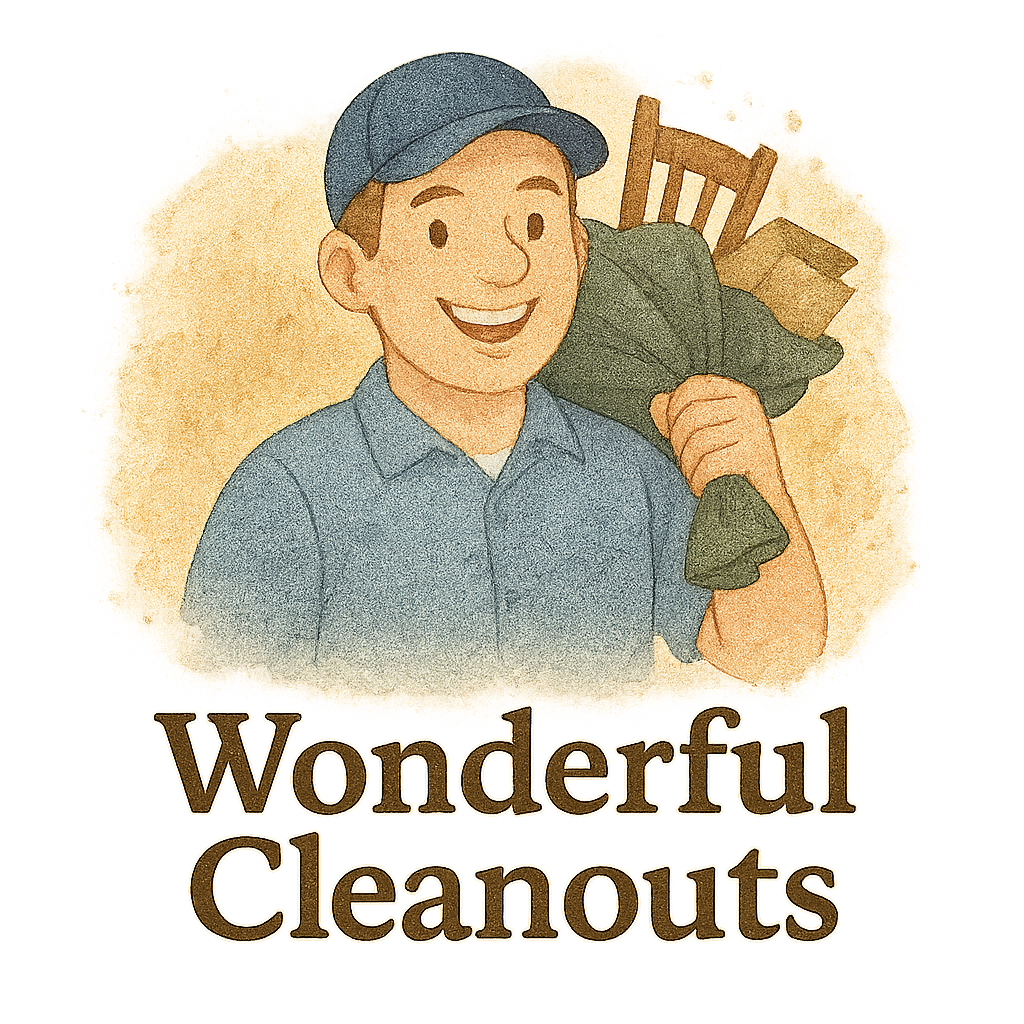If you’re staring at a mountain of clutter and thinking, “Where do I even start?”, you’re not alone. Hoarding cleanouts can be overwhelming, messy, and—if you’re not careful—downright dangerous. Before you roll up your sleeves and dive in, there are serious risks you need to be aware of.
Let’s break down five major dangers to avoid during hoarding cleanouts, and more importantly, how you can tackle them safely and smartly.
Understanding Hoarding and Its Challenges
What Exactly Is Hoarding?
Hoarding is more than just clutter—it’s a mental health condition where someone struggles to part with possessions, no matter their value. Over time, homes become filled to the brim with items that pose risks to both physical and mental health.
Why Hoarding Cleanouts Are Different from Regular Cleanouts
Unlike a spring-cleaning weekend, hoarding cleanouts involve navigating emotional landmines, health risks, and sometimes even legal complications. It’s a whole different ball game.
To learn more about specialized services, check out our Hoarding Cleanouts category on Wonderful Cleanouts.
Danger #1: Health Hazards from Mold and Bacteria
Respiratory Issues and Infections
Mold spores, dust, and even decaying food can trigger asthma, bronchitis, and other respiratory illnesses. In hoarded environments, these issues are amplified tenfold.
How to Protect Yourself from Biohazards
Gloves, N95 masks, and full-body suits aren’t overkill—they’re essential. Always ventilate the space and remove waste systematically.
Explore our residential cleanout services for safe and effective solutions tailored to homes impacted by hoarding.
Danger #2: Structural Instability and Hidden Damage
Floors, Walls, and Ceilings Can Be Deceptive
What looks like a pile of books might be hiding a soft, moldy floor ready to cave in. Structural risks are serious and can lead to injury.
Tips for Safe Entry and Navigation
- Wear sturdy boots.
- Use a flashlight, even during the day.
- Create clear paths and never climb on unstable stacks.
Check our garage & attic cleanouts for related safety tips.
Danger #3: Rodents, Pests, and Infestations
What Lurks Beneath the Clutter
Rats, roaches, and other critters love clutter. If you’re not cautious, you might disturb a hidden nest or worse.
Keeping It Safe: PPE and Pest Control
Never go in without personal protective equipment. Have an exterminator inspect the property first if there’s any sign of infestation.
Learn more about tools and gear you’ll need for safe hoarding cleanouts.

Danger #4: Emotional and Psychological Stress
Anxiety, Trauma, and Family Conflicts
For hoarders and their families, cleanouts can trigger deep-seated emotions like guilt, shame, and even grief. This makes the process much more delicate.
Coping Strategies and Professional Support
Work with therapists or hoarding support groups. Be patient, kind, and nonjudgmental. Trust me, empathy goes a long way.
Dive into our planning resources to approach cleanouts with the right mindset.
Danger #5: Legal and Safety Violations
Zoning Codes, Fire Hazards, and Safety Risks
From blocked exits to overloaded circuits, hoarded homes often violate local safety codes. That can lead to fines—or worse, eviction.
Working with Licensed Cleanout Professionals
A professional team will understand regulations and ensure the cleanout meets code. This protects you legally and ensures a safer environment.
Visit Commercial Cleanouts if you’re dealing with mixed-use or business properties.
Why You Shouldn’t Go It Alone
The Value of Hiring Hoarding Cleanout Experts
You wouldn’t do surgery without a doctor, right? Then why tackle a hazardous cleanout solo? Professionals bring the right tools, training, and compassion to the table.
Best Services for Hoarding Cleanouts
Whether you need full-scale cleanouts or just consultation, check our hub of cleanout services that span residential, garage, estate, and more.
Explore options like:
Final Thoughts: Cleanout Success Starts with Awareness
Hoarding cleanouts aren’t just about tossing junk—it’s a layered process involving health, safety, and empathy. Knowing what dangers lie ahead gives you the upper hand and can make a world of difference in the outcome.
So if you’re facing a cleanout, don’t go it alone. Partner with pros who’ve walked this path before. Your health, your safety, and your sanity are worth it.
Looking to start today? Visit WonderfulCleanouts.com to browse professional services and helpful resources.
FAQs About Hoarding Cleanouts
1. What is the first step in a hoarding cleanout?
Start with a plan! Consult professionals and assess health and safety risks before lifting a finger.
2. Can mold in a hoarded home be dangerous?
Absolutely. Mold can cause serious respiratory issues, especially in confined spaces.
3. Are hoarding cleanouts covered by insurance?
Sometimes. It depends on your policy. Check for coverage under home hazard or biohazard clauses.
4. Should I involve a therapist in the process?
Yes! Emotional support is just as important as the physical cleanup.
5. How long does a hoarding cleanout usually take?
It can take anywhere from a few days to several weeks depending on the severity.
6. What’s the difference between hoarding and clutter?
Clutter is temporary and manageable. Hoarding is chronic and emotionally driven.
7. Is it safe to donate items from a hoarded home?
Only if they’re clean, functional, and safe. Sanitize everything before donating.

